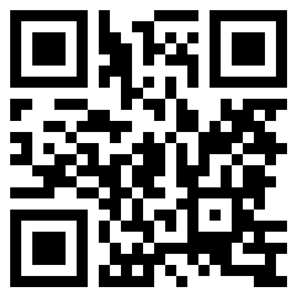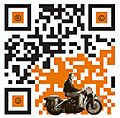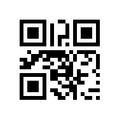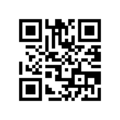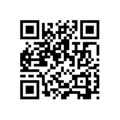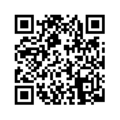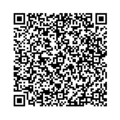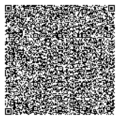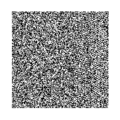SQR codes facts for kids
Imagine a special picture that a camera can read quickly to get information! These are called QR codes, which stands for Quick Response codes. They are like advanced barcodes that can hold a lot more data. A Japanese company called Denso Wave first created them.
QR codes are used all over the world. You might see them on posters, products, or even websites. Many smartphones, like those from Nokia, Apple, and Android, can easily read QR codes using their cameras. There are also many apps you can download to create or scan them.
Now, imagine a super-secret version of these codes! These are called Secure Quick Response codes or SQR codes. As the name suggests, SQR codes are designed to keep information very safe. They use special secret codes, like a hidden key, to encrypt (or scramble) the data. This makes it extremely hard for anyone to read the original information without the correct key.
One cool way SQR codes can be used is for secure payments or sharing private information. For example, you could create a one-time SQR code on your phone screen. This code might contain a secret account number, but it's scrambled so only the right scanner can read it. It's like a secret message that disappears after you use it!
SQR codes are great because they can work with millions of phones that people already own. You don't need any extra gadgets for your phone. They can work a bit like NFC (Near Field Communication) for secure mobile payments. For instance, an SQR code might use a special number from your phone's memory, like the identity number of a microSD card or even your phone's unique IMEI number.
When you're in a store, these SQR codes can be read securely by special scanners at the checkout, or even by a simple web camera. SQR codes were first developed by a company called Yodo in Japan, and they are still working on getting patents for this cool technology.
Images for kids


